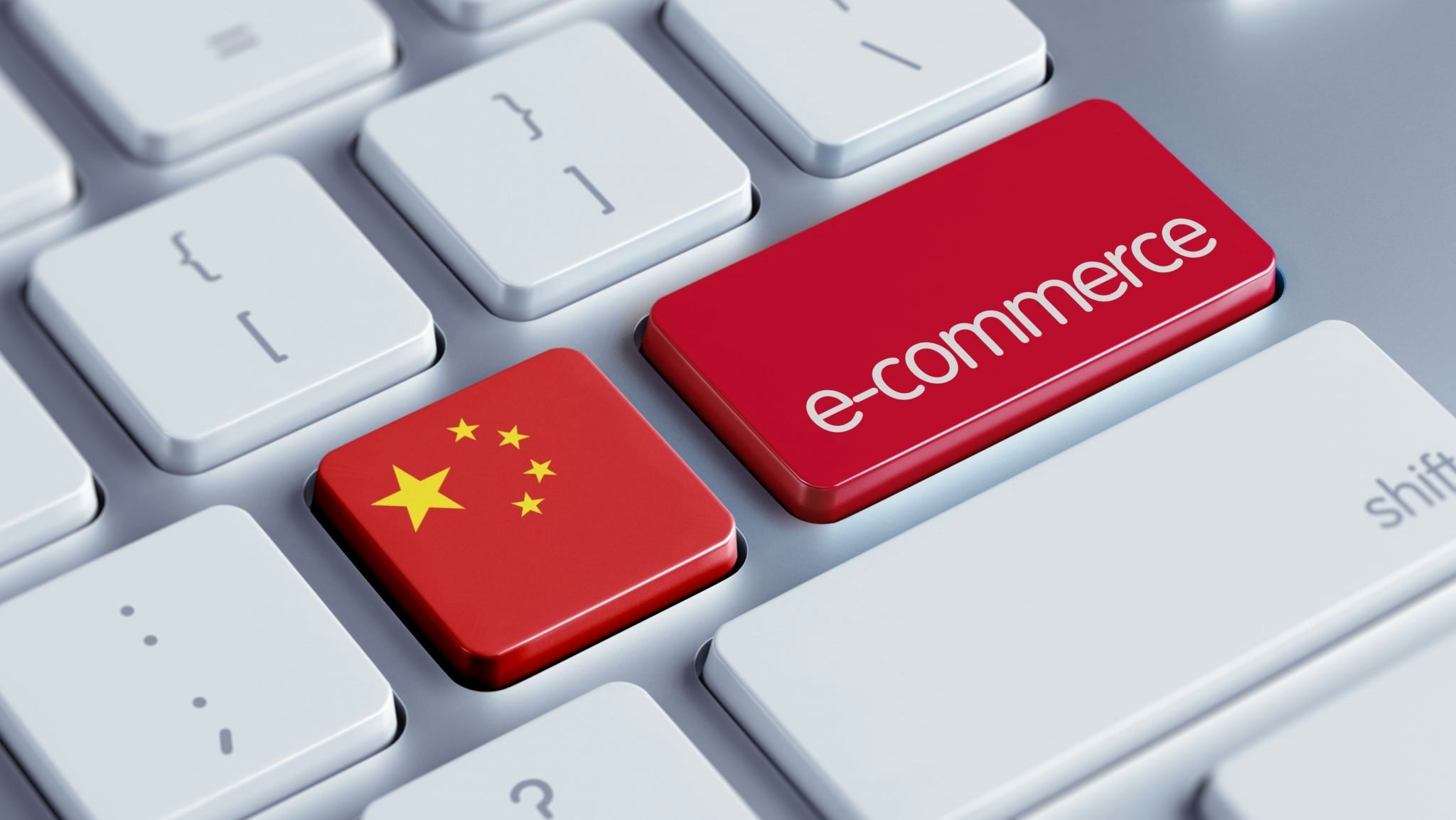These days, few China business articles fail to mention the glories of Chinese e-commerce. Alibaba, JD.com, and Secoo are huge, publicly listed companies handling ungodly amounts of revenue, and these articles always emphasize how effectively they can get luxury products into the hands of eager Chinese customers.
When you dig a little deeper into how some Chinese e-commerce sites work, however, you get a far less rosy picture. It is difficult for foreign brands to work with these platforms, especially if they don't have a legal entity or physical stores in China. Here are four reasons why.
1. The Consignment Rules#
First of all, many Chinese e-commerce websites work on consignment. Most of the time, they have their own “buyer team” that selects items to sell on the site. Then, it will be up to the brand to send products to the site's warehouses, not knowing if they will be sold or not.
In other contexts, brands rarely accept such conditions. If you are a retailer and go to Celine or Tom Ford's showroom to buy products to sell in your store, you pay up front and own them until you make a sale. If you mention consignment, most of them will smile at you and refuse to go forward.
From a financial point of view, this is understandable. Brands can lose a lot of money giving their stock to stores (including online stores) that fail to sell it.
From a branding point of view, consignment is not ideal either. It is difficult to ensure an e-commerce platform will presents a brand in the best light when they have not paid for anything and are less invested in the brand's success. If, after a couple of days, sales are not good, the products could be delisted or buried in search results. There is no guarantee that the platform will support the brand in the same way they would if they owned the products.
Consignment is a big issue offline too, though there are some luxury multi-brand retailers who buy or make downpayments on their merchandise and then proceed with full payment before shipping. Such stores are the exception, though, not the rule.
2. Deposits and Fees#
Chinese e-commerce platforms typically ask brands to pay a deposit and additional fees to sell on their platform. For example, Elleshop asks for a deposit of 30,000 RMB (4,726). The amount is supposed to protect the e-commerce platform and its customers in case of quality issues that require refunds.
E-commerce platforms also ask for fees and commissions. For Elleshop, the amount is 40 percent of the actual sales. The deposit and fees are both defined in a contract that the brands are asked to sign for at least three years, whatever their sales amount to.
3. Product Selection by E-commerce Platform Buyers#
Despite the fact that they do not pay for the products they sell on their platforms, e-commerce platforms get to choose which of a brand's products they want to sell. When brands make their own suggestions, e-commerce buyers insist they know the market better.
Secoo and Shangpin typically ask for a lookbook and even visit a brand's showroom before listing their products, but they often still refuse to purchase items for sale on their platforms, insisting on the consignment model.
Sometimes, contracts even ask you to deliver to the final customers at the brand's own costs.
4. VAT and Fapiao#
Besides these issues, there's another important factor foreign brands should consider before selling through Chinese e-commerce platforms. The Value Added Tax (VAT) that the brand would need to pay.
As e-commerce platforms do not buy items, but ask you to make them available in China, brands who do not produce their products in China must have them imported and pay all the tax.
Also, if brands have no legal entity in China, they will be unable to issue fapiao, an official VAT invoice that e-commerce platforms require. If you cannot provide one, they will not be able to pay you.
If your company does not have a legal entity, you might need to find a trading company. That could be costly, besides the fact that the brand would need to establish a relationship of trust with them. It is not easy if you do not have any connections in China, and even then, it is a risk.
In summary, Chinese e-commerce platforms are an interesting way for brands with legal entities and their own stores in China to expand their business. Brands like Tod’s and Ferragamo already manage many stores in China, and have items available in the country, so they don't need to pay further import duties, and they can move inventory between e-commerce stores and retail stores to deal with the consignment issue. Some platforms are especially helpful in this regard. Mei.com is famous for their flash sales, which help brands clear out excess inventory.
For smaller brands with no existing presence in China, however, e-commerce platforms are no silver bullet. Working with them requires a substantial investment that many are very scared to make. Currently, they are best suited to hosting brands already available in China and do little to help fresh brands enter the Chinese market.
Hervé Roland Rogazy holds an ESSEC MBA in Luxury Brand Management and has worked with brands such as Sergio Rossi, Balenciaga, Sonia Rykiel. He works in Shanghai where he helps independent brands expand in the challenging Chinese market.



